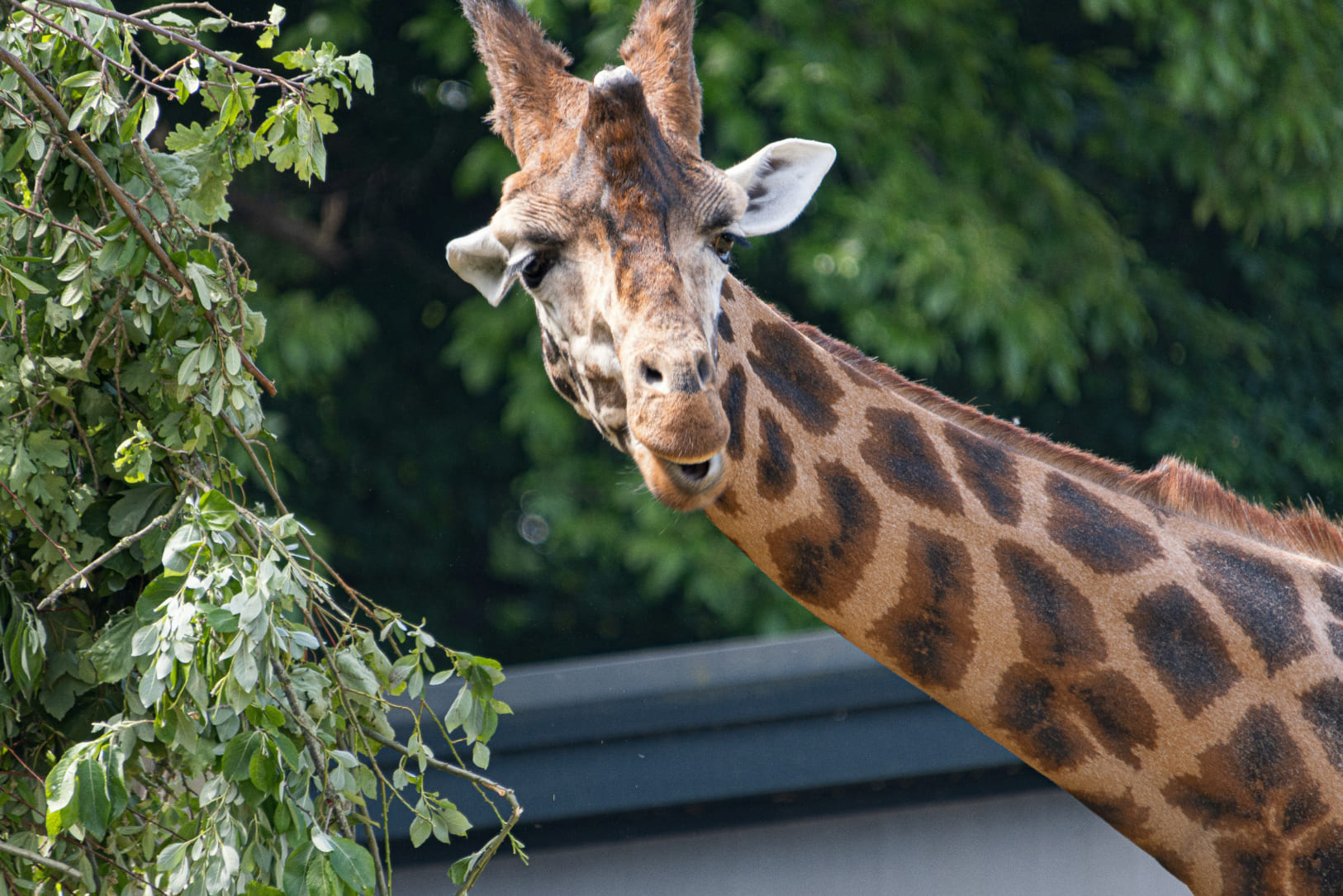
The Northern Giraffe is one of the savanna's most iconic and majestic residents. Known for its extraordinary height, which allows it to browse leaves from the tops of acacia trees, the giraffe is perfectly adapted to the open grasslands of Africa. Each giraffe's coat is patterned with unique, irregular spots, making every individual as distinct as a fingerprint. Giraffes are herbivores with a specialized diet that includes leaves, flowers, and fruits from tall trees. Their long necks and prehensile tongues enable them to reach foliage inaccessible to other animals. Interestingly, giraffes only require a small amount of water to survive, as they obtain most of their hydration from the moisture in their diet. This adaptation is crucial in the often dry and arid savanna. Despite their gentle nature, giraffes are not without challenges. Predators such as lions and hyenas pose a threat, particularly to calves, while adult giraffes rely on their powerful kicks to defend themselves. Additionally, human activities such as habitat loss and poaching have significantly impacted giraffe populations, making conservation efforts essential. The Northern Giraffe plays a vital role in the savanna's ecosystem by dispersing seeds and maintaining the health of vegetation, demonstrating the interconnectedness of life in this unique biome.